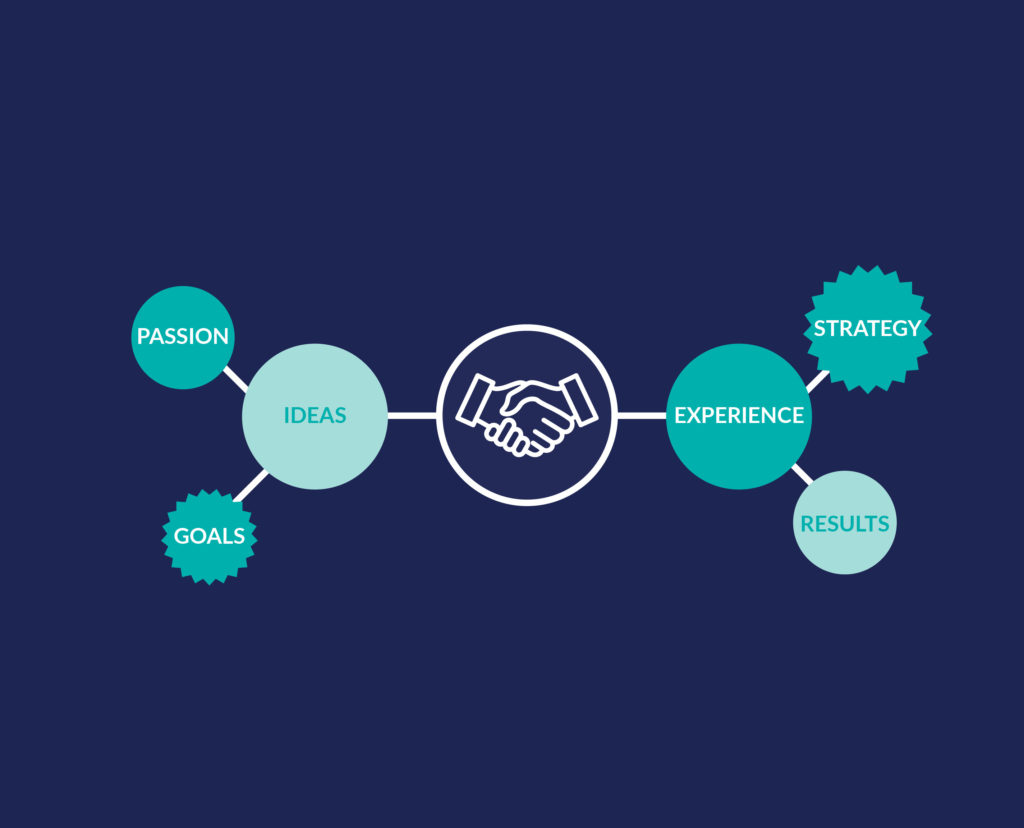You might have noticed by now, but we talk a lot about the importance of having a strategy in marketing – those social media posts, email newsletters, paid ads, that Instagram Reel you spent two hours editing only to get 19 views. But at what point does marketing cross the line into becoming a strategy?
Let’s start with the difference.
Marketing tactics are the things you do. Strategy is why you’re doing them, who you’re doing them for, and how it all connects to your bigger goals. Tactics are the reels, the copy, and the boosted posts. While strategy is knowing your ideal client is a 32-year-old plant mum who loves oat lattes and takes action with a business when she feels emotionally seen.
In short, tactics are action, strategy is direction.
Or, if metaphors are your thing (they’re ours), marketing without strategy is like trying to build the Lego Millennium Falcon without instructions. Sure you’ll snap some pieces together and it might vaguely resemble a spaceship, but it’s not going to win any galactic battles (or clients).
So when does marketing become strategy?
It becomes strategy when you stop winging it. When you:
- Define your audience beyond just “anyone with a wallet”
- Understand what makes you different and why people should care
- Choose platforms, channels, and content based on actual research
- Set long-term goals that align with your business vision (something more than “get more likes”)
- Make decisions based on data, not just what your mate reckons works
Suddenly every piece of content, ad, or email has a purpose. You’re not just chucking spaghetti at the wall, you’re plating a full pasta dinner.
Why bother with strategy?
Because without it, you’re wasting time, energy, and money. Marketing without strategy is exhausting. It’s the reason so many small businesses burn out on social media or throw money at campaigns that don’t deliver.
With a solid strategy, you get a clear roadmap, consistent messaging, better targeting, smarter use of your budget, and actual results that build over time.
Marketing becomes strategy when it’s part of a bigger plan. When it helps guide business decisions, creates cohesion across all your marketing touchpoints, and gives you a better chance at long-term success.
It’s not always about doing more, it’s about doing the right things with purpose, clarity, and ideally, without getting frustrated by your social media engagement stats.


